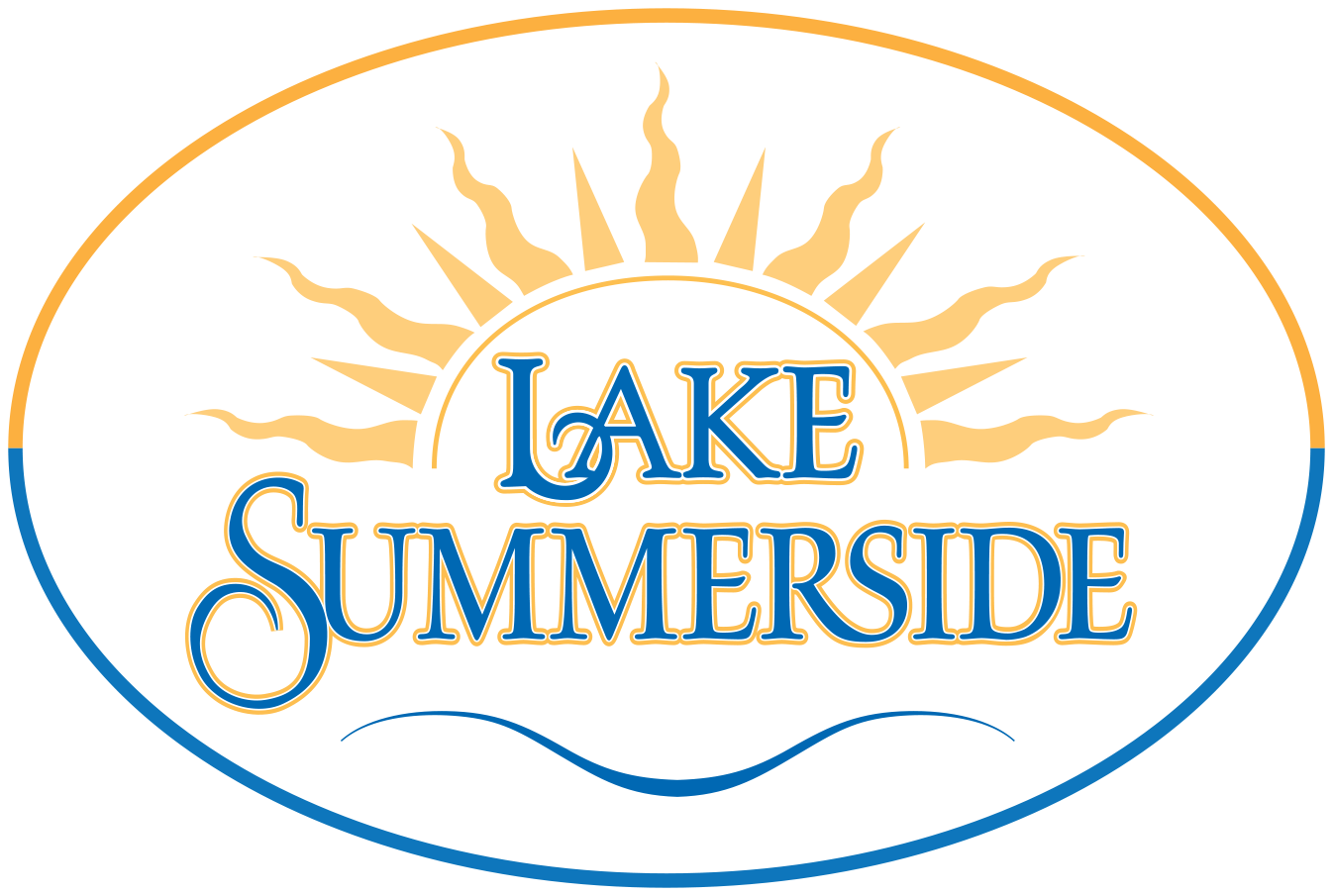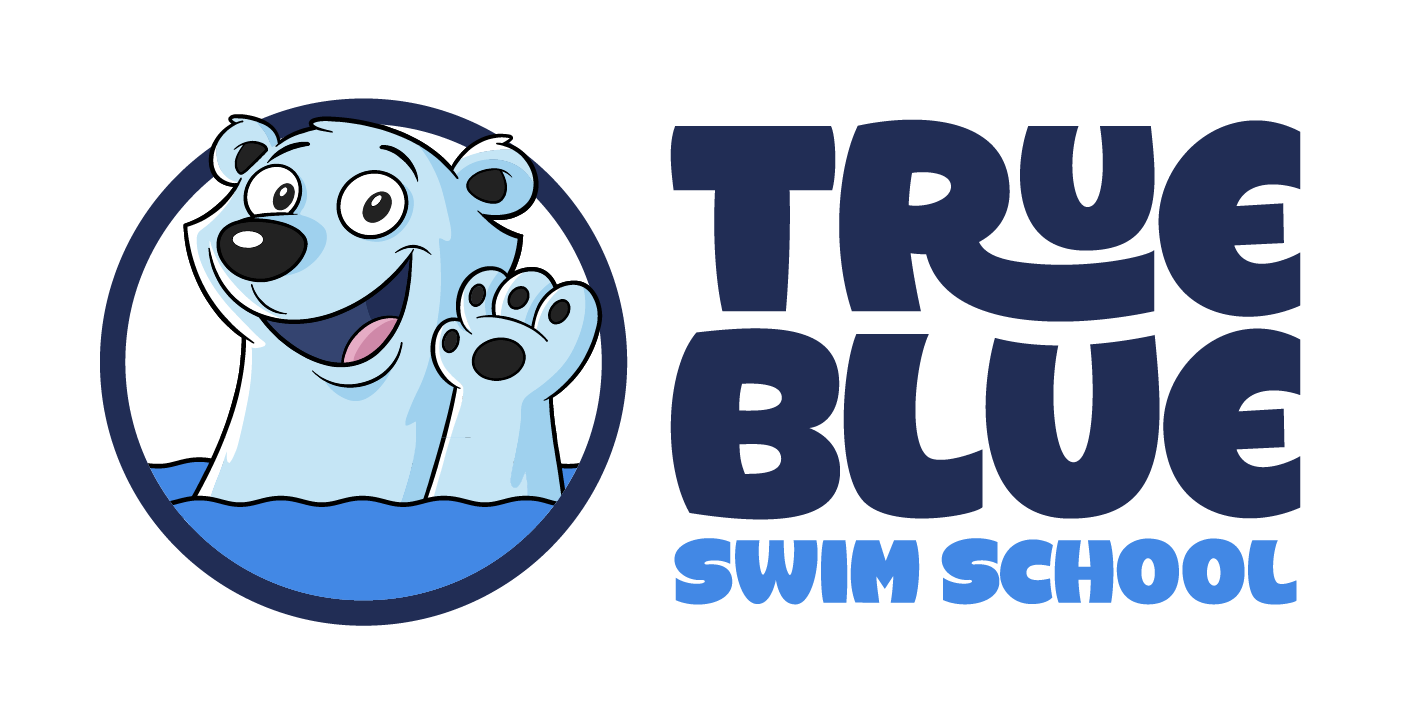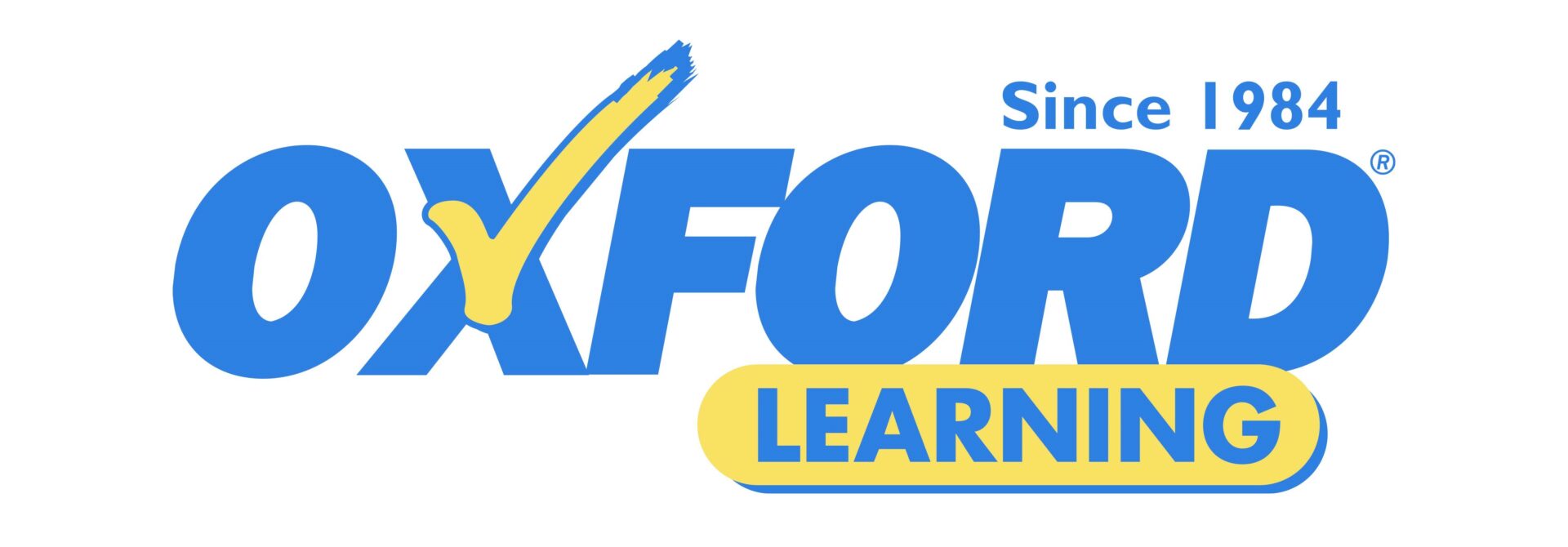September 23,2021
Water treatment and restriction notice
Hi Summerside. Please see the following important information from the SSRA and our Biologists at Aquality.
Updated September 23, 2021
After a summer of excellent water quality, Lake Summerside has had occurrences of what appeared to be blue green algae in the lake, likely due to warm temperatures experienced this summer. That algae was quickly and successfully treated with peroxide in July. The SSRA continues to monitor water quality into the cooler weather and has again spotted patches of what appears to be an undesirable blue green algae. We continue to work with our partners including Alberta Health Services on testing and the SSRA will again commence a rapid peroxide treatment plan on Friday (September 24, 2021) and the lake will be closed with no access until Monday, September 27.
What’s Being Done at Lake Summerside?
We are working in partnership with Alberta Health Services to monitor conditions in Summerside Lake to ensure public safety. This includes recommended weekly water testing. The summer of 2020 was the very first time small amounts of blue green algae were observed at Lake Summerside. In mid-July 2021 some undesirable algae were spotted around the lake in very small patches and the lake was treated successfully with peroxide. Peroxide is an excellent algaecide that targets harmful cyanobacteria with no other effects, and quickly degrades into oxygen and water. In the longer- term, our biologists are working to control phosphorus release from the sediments which will curb nuisance plant growth across the lake.
Lakes in Alberta
There are now over 40 lakes in Alberta currently with blue green algae health advisories. Alberta Health Services keeps a listing of lakes with advisories here: https://www.albertahealthservices.ca/news/bga.aspx. There has been considerable media coverage on lakes with advisories this summer due to unseasonably warm sunny weather. With the crystal clear waters seen at Summerside, we can anticipate accelerated nuisance plant growth under these ideal conditions. Nuisance plant growth can include emergent plants, submersed aquatics and filamentous plants such as blue green algae. Some forms of blue green algae can product liver and neurological toxins. While rarely fatal, we must be vigilant and heed warnings from Alberta Health Services and other agencies to protect ourselves and our pets.
What are Blue Green Algae?
Blue green algae are a nuisance algae that can outcompete the more desirable, healthy green algae in lakes, of which the latter are less prone to blooming and do not produce toxins.
Can Blue Green Algae Effect Health?
Some bloom-forming cyanobacteria can produce toxins that, if contacted, may cause skin and eye irritation, or can result in intestinal discomfort or severe illness in humans if ingested. Consumption of sufficient quantities of cyanobacterial toxins can lead to death in livestock, pets or wildlife. When blue-green algal blooms decompose they can cause a sewage-like odour that may be offensive to recreational users.
What Should I Do?
While Alberta Health Services recommends avoiding direct contact with any visible blooms, other non-blooming areas of lakes can still be used for recreation.
Though there is currently no blue green algae advisory for Lake Summerside, the following information can still be used as a guideline for lake user safety.
If there is a blue green algae advisory for a body of water you plan on visiting, take these precautions:
- Avoid all contact with blue-green algae (cyanobacteria) blooms. Look for a part of the lake that does not have a scum layer on top, is not colored a significant green or blueish color, and has no significant particles or globs. As you wade out, ensure the area is visually clear to the bottom of the lake (seeing your toes at 1 meter is a reasonable indicator) If contact occurs, wash with tap water as soon as possible.
- Do not swim or wade (or allow your pets to swim or wade) in any areas where blue-green algae (cyanobacteria) is visible.
- Do not feed whole fish or fish trimmings from lakes with blue green algae to your pets.
- Consider limiting human consumption of whole fish and fish trimmings from lakes with blue green algae, as it is known that fish may store toxins in their liver. (People can safely consume fish fillets from this lake).
Blue-green algae (cyanobacteria) is naturally occurring, and often become visible when weather conditions are calm. Appearing like scum, grass clippings, fuzz or globs on the surface of water, blue-green algae (cyanobacteria) can be blue-green, greenish-brown, brown, and/or pinkish-red, and often smell musty or grassy.
Advisories are in effect until rescind notices are issued.
People who come in contact with visible blue-green algae (cyanobacteria), or who ingest water containing blue-green algae (cyanobacteria), may experience skin irritation, rash, sore throat, sore red eyes, swollen lips, fever, nausea and vomiting and/or diarrhea. Symptoms usually appear within one to three hours and resolve in one to two days. Symptoms in children are often more pronounced; however, all humans are at risk of these symptoms.
If you suspect a problem related to blue-green algae, or if you require further information on blue-green algae, please call Health Link at 811.
What does Blue Green Algae Look Like?
Photo examples, and more information of blue green algae can be found here:








